Google Pixel 6 cameras: how they stack up against Apple and Samsung flagships
Cameras: how does the Pixel 6 compare to Apple and Samsung flagships?

The Google Pixel 6 and Google Pixel 6 Pro have been globally released, and we at TechRadar were rather impressed with the phones – especially their cameras. Long story short, they live up to the hype, taking some of the best photos we’ve seen come from a smartphone.
Images taken by the Pixel 6 have great color and light in both foreground and background; while photos taken by other phones tend to blow out skies and blotch dark patches together, the Pixel 6 takes photos that look truer to life.
The Pixel 6 and Pixel 6 Pro have the same 50MP main camera – the first upgrade to Google phone cameras since the Google Pixel 2. The higher-megapixel shooter takes sharper photos than its predecessor (the Google Pixel 5) does, and the new Tensor chipset elevates the company’s already-good photography software.
That’s not to say the Pixel 6 leaves every other flagship phone’s cameras in the dust – as you’ll see below, the other handsets compete very well, though Google’s phone edges the rest out in every category, especially in Night Mode.
One regrettable caveat: the author compared the Pixel 6 against the iPhone 12 Pro and Samsung Galaxy S20 Plus, lacking this year’s absolute latest phones. Plenty of folks still have these phones, and the photo comparison is more illustrative than an ultimate showdown. Still, we also compare the Pixel 6 Pro to show where the phones differ (only in zoom), as well as the Google Pixel 5a to give readers an idea how much has changed since last year’s Google phones (the Pixel 5a has functionally identical specs as the Google Pixel 5).
The order of the photos below will be, for each section: Pixel 6, Pixel 6 Pro, iPhone 12 Pro, Samsung Galaxy S20 Plus, Google Pixel 5a. Without further ado, here’s how the cameras stack up.
Broad daylight
Our first basis of comparison is a standard daylight photo comparison. As said above, the photos are presented in order: Pixel 6, Pixel 6 Pro, iPhone 12 Pro, Samsung Galaxy S20 Plus, and finally, Google Pixel 5a.
Sign up for breaking news, reviews, opinion, top tech deals, and more.
And as said above, the differences between flagship phone cameras are not massive: all of these are capable of taking great photos, especially in bright daylight. To wit: pretty much every element in these photos are in focus and colored with balance, meaning, largely, these photos are very similar. But paying attention to small divergences is key.
For instance, the big difference in daylight photos between these phones is in the lighting. The Pixel 6 and 6 Pro both have some brightness where the sun shines behind the trees, but the brightness extends in the photo taken by the iPhone 12 Pro in a layer above the treeline. The Galaxy S20 Plus is similar, though it shows an overall warmer color palette.
Note also that the Pixel 5a has a similar whiter halo-effect around the treeline, suggesting its 12MP main camera (and processing powered by the phone's Snapdragon 765G chipset) relies on software correction different (and, arguably, more limited) than the Pixel 6.

Google Pixel 6
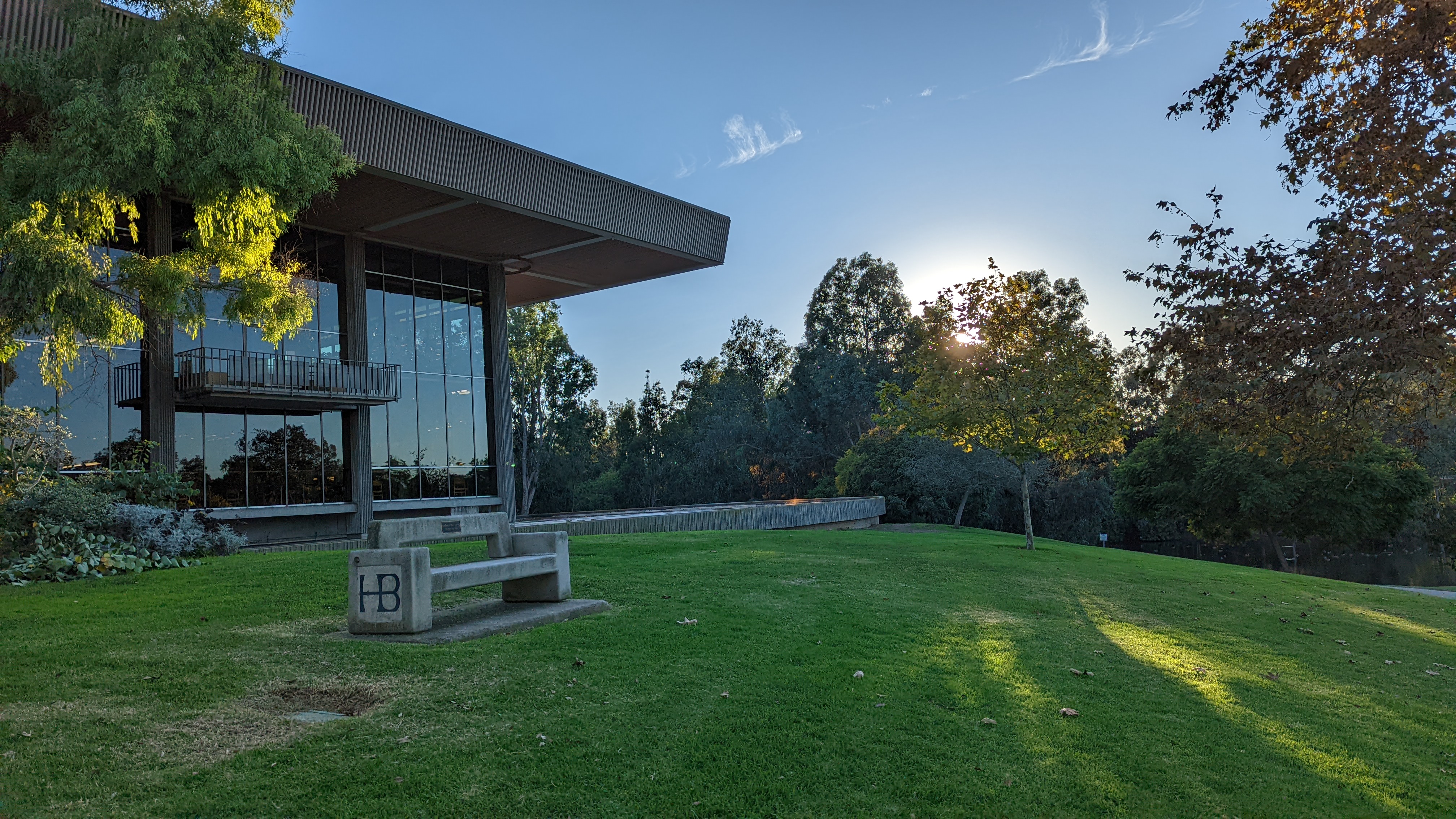
Google Pixel 6 Pro

iPhone 12 Pro
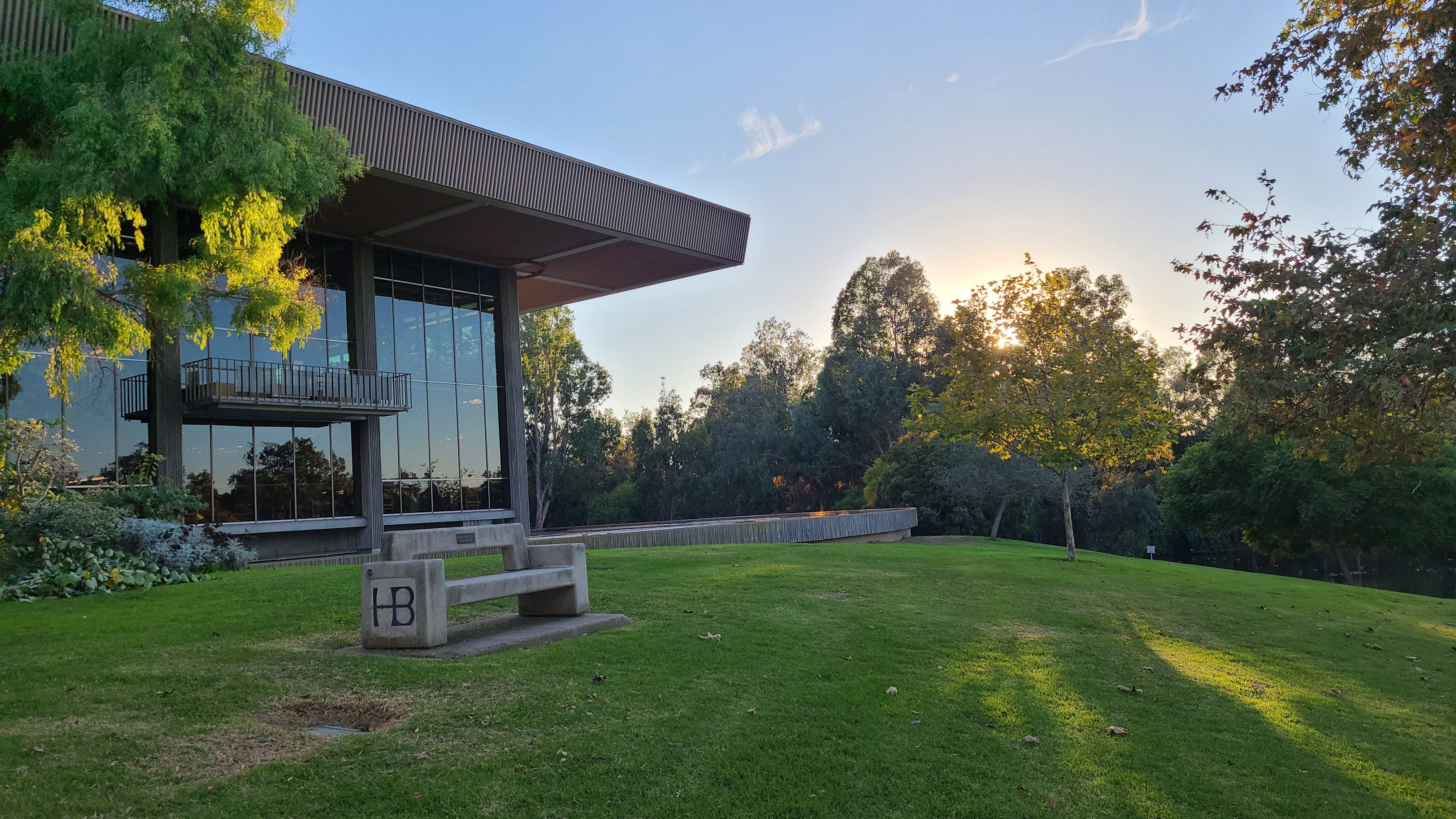
Samsung Galaxy S20 Plus

Google Pixel 5a
Ultrawide
Here are more exaggerated differences in phone cameras. Since ultrawide shooters have typically lower megapixel and aperture than the main cameras, they take photos with poorer color and light exactness. Note the whiteness blowout in the Galaxy S20 especially – not egregious, by any means, but more exaggerated than in photos taken by other phones.

Google Pixel 6

Google Pixel 6 Pro
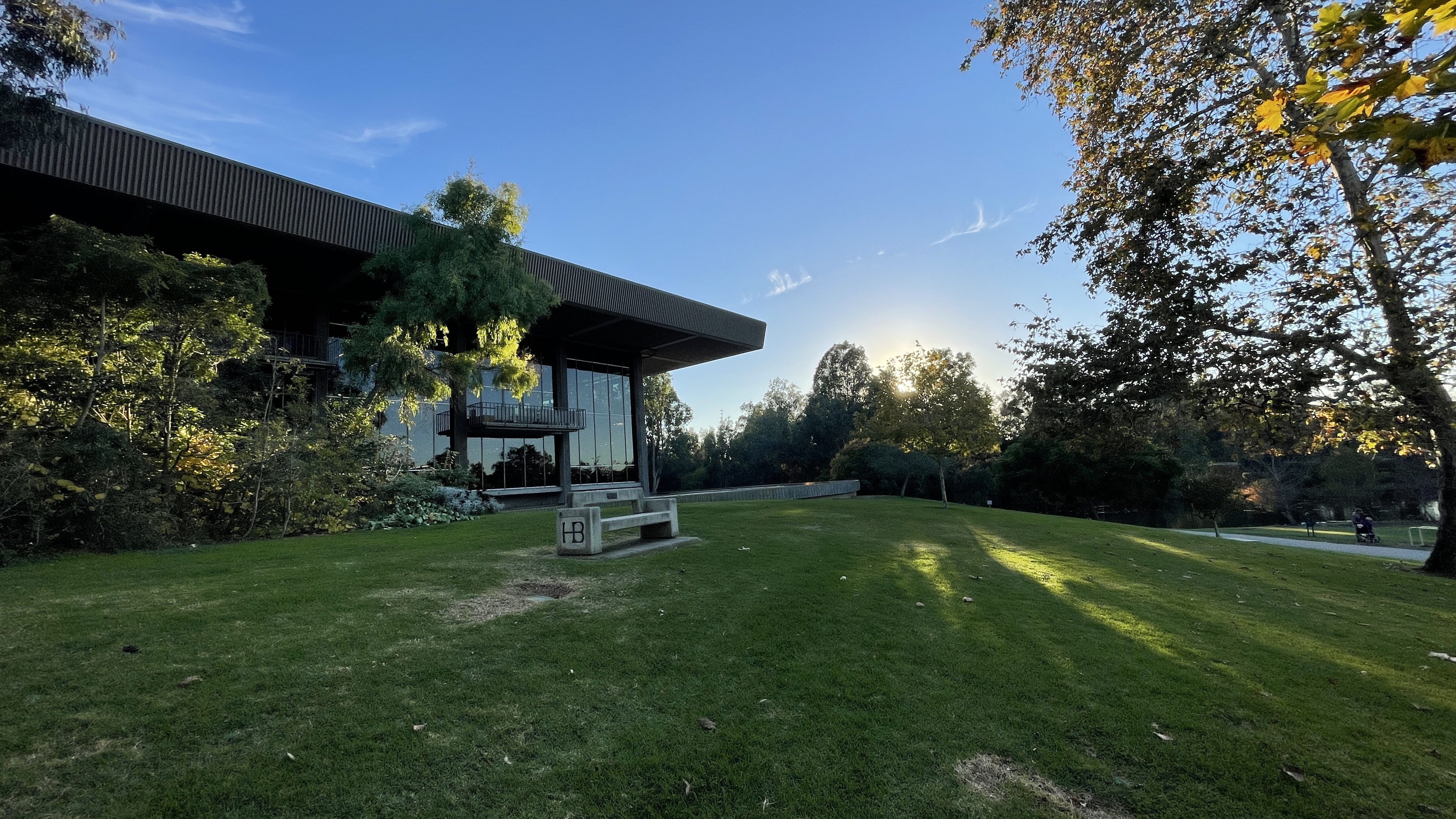
iPhone 12 Pro

Samsung Galaxy S20 Plus

Google Pixel 5a
Zoom / Telephoto
Each phone has a different maximum zoom capability, and unfortunately, there's no standard between phones to match one against another. When phonemakers state that a phone's telephoto camera has 2x optical zoom (as the iPhone 12 Pro has), for instance, that's two times the main camera's optical ability.
One can comprehend that the larger the multiplier, the better the zoom – the 3x hybrid zoom on the Galaxy S20 Plus is less capable than the 4x optical zoom on the Pixel 6 Pro, ultimately: just compare the sharpness of the photos.
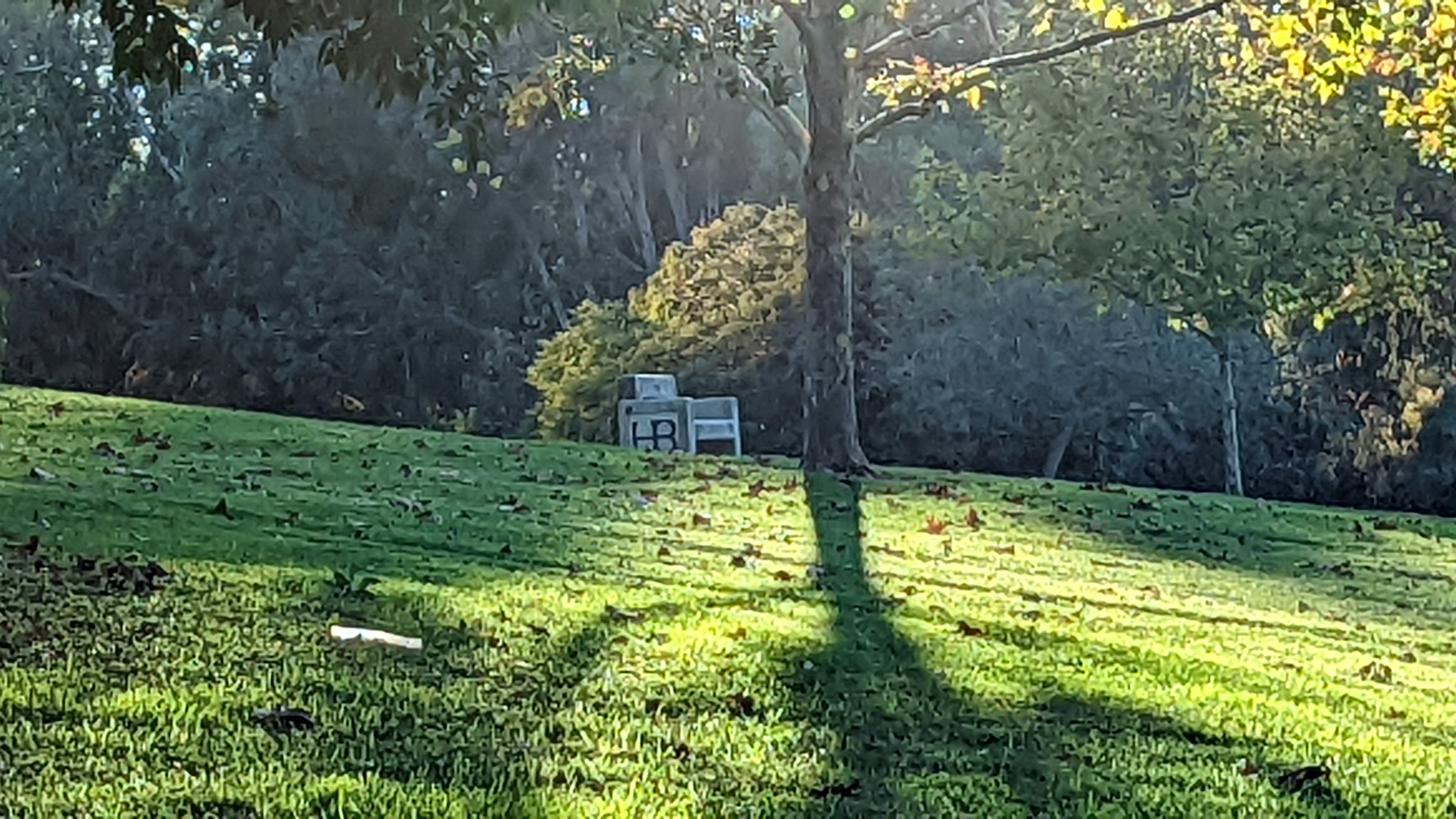
Google Pixel 6

Google Pixel 6 Pro

iPhone 12 Pro

Samsung Galaxy S20 Plus

Google Pixel 5a
Consider a second example, an innocuous squirrel wandering between light and slight shadow:

Google Pixel 6

Google Pixel 6 Pro

iPhone 12 Pro

Samsung Galaxy S20 Plus

Google Pixel 5a
Portrait mode – object
Portrait mode adds depth to the backgrounds of photos via a combination of telephoto lenses and software. Below are comparisons of how each phone does its own 'Portrait mode,' which is named such aside from the Galaxy S20 Plus, which refers to it as 'Live Focus Mode.'
Note the color differences in the foreground and background, in the flower and the clouds far behind it. Also note that the Pixel 5a's Portrait mode, by default, zooms in a bit more than the main camera for up-close subjects, but over a foot/30cm should be enough distance to get comparable depth effects as other phones (note second example).

Google Pixel 6

Google Pixel 6 Pro

iPhone 12 Pro

Samsung Galaxy S20 Plus

Google Pixel 5a

Google Pixel 6

Google Pixel 6 Pro

iPhone 12 Pro


Google Pixel 5a
Portrait mode – person

Google Pixel 6

Google Pixel 6 Pro
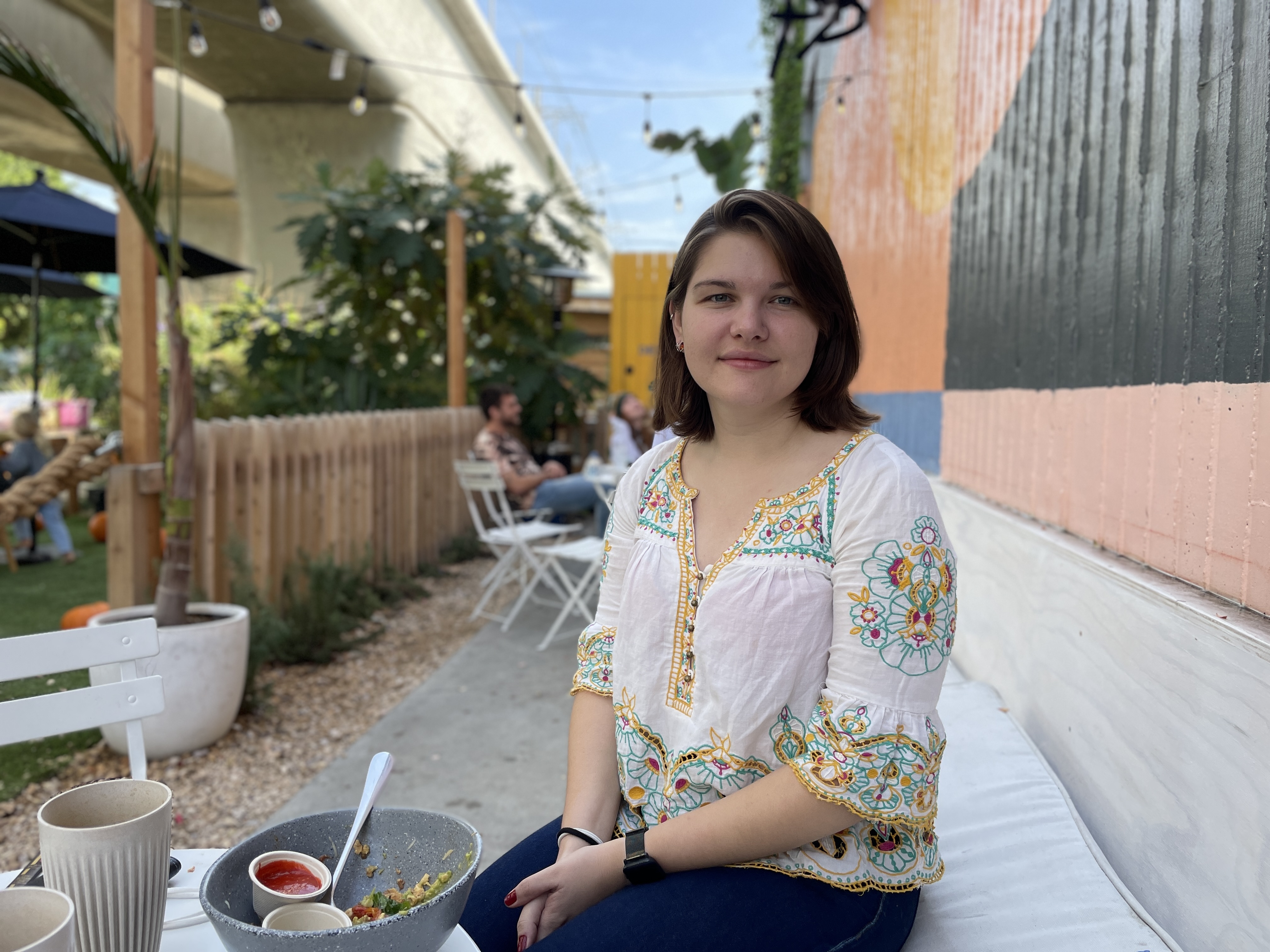
iPhone 12 Pro

Samsung Galaxy S20 Plus

Google Pixel 5a
People
Note the balance in color, shadow, and skin tone. No phone especially stands out, though the Galaxy S20 Plus has more warm colors, which we feel is a little less true-to-life than the other phones.
But note also the blown-out background of the first photo of the Pixel 6, which shows that balance and careful composition is important even with more advanced phones.

Google Pixel 6

Google Pixel 6 Pro

iPhone 12 Pro

Samsung Galaxy S20 Plus

Google Pixel 5a
Food
The Galaxy S20 Plus's vibrancy is a boon here in making food more enticing, though it's still less true to life than the others. The iPhone 12 Pro has even more muted colors, with the Pixel 6 and 6 Pro as a middleground of color balance.

Google Pixel 6

Google Pixel 6 Pro
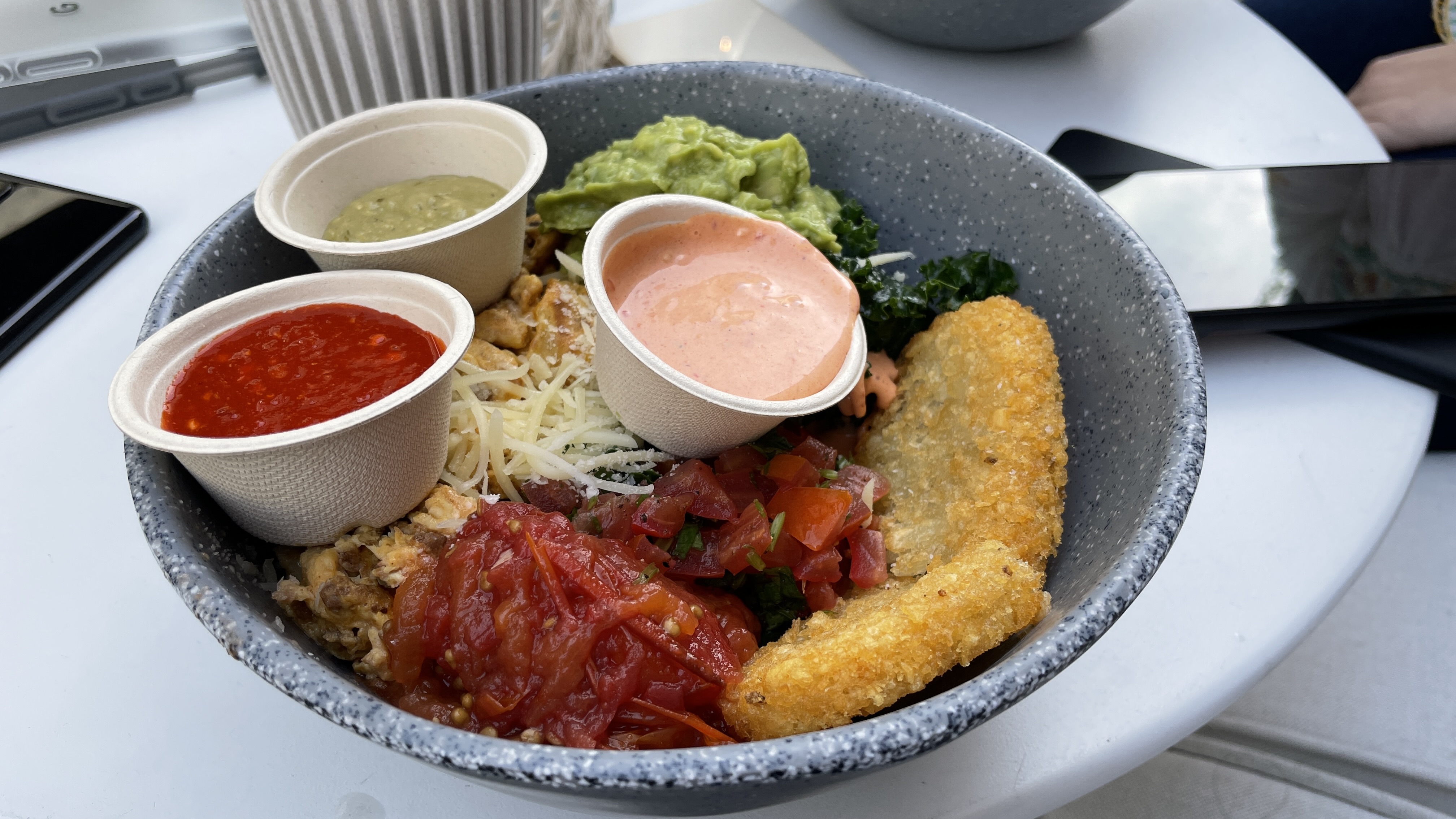
iPhone 12 Pro
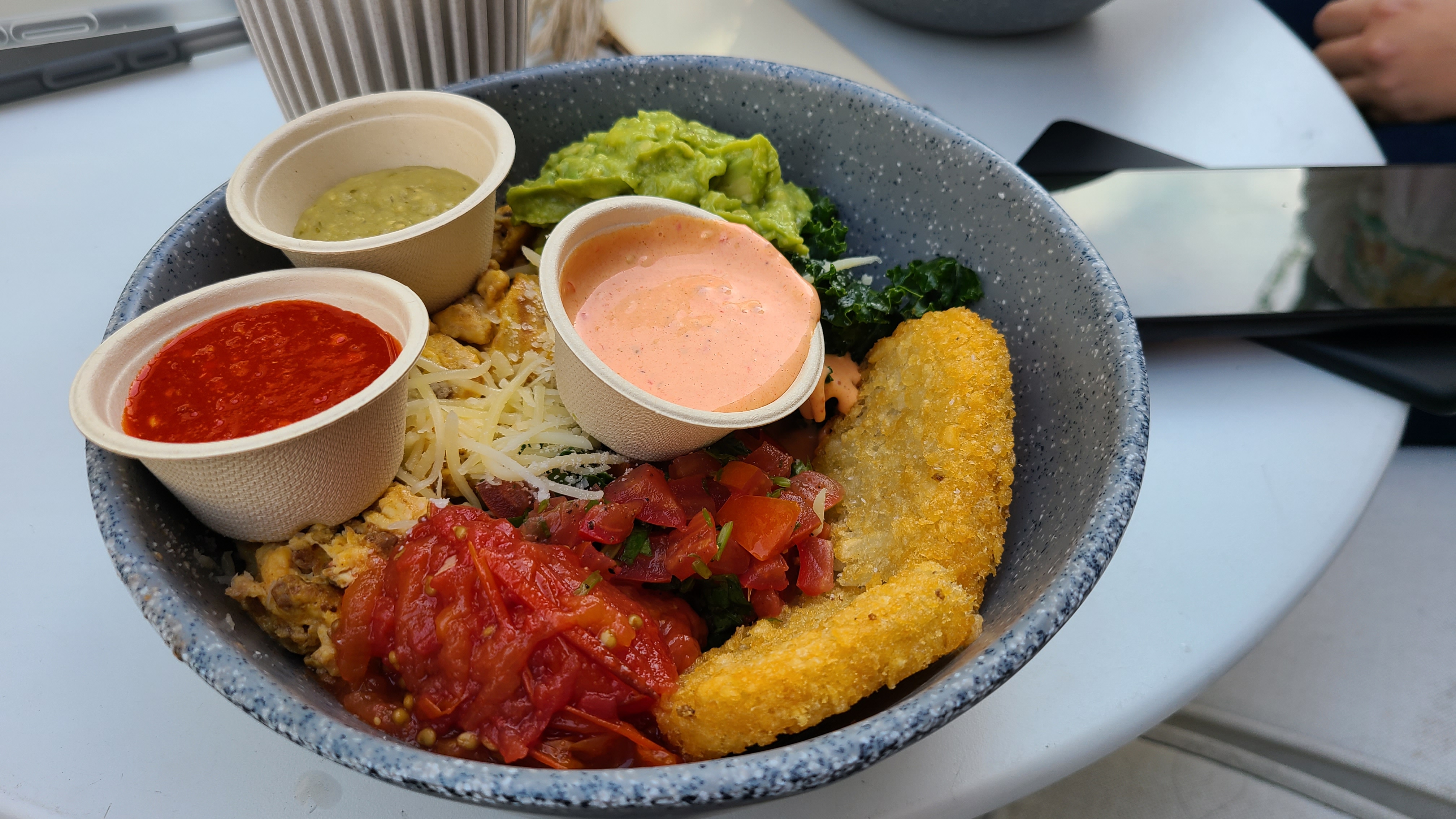
Samsung Galaxy S20 Plus

Google Pixel 5a
Interior
Forgive the skewed perspective, but note the difference in shadow with the book rows and especially the color tone – this time, it's the iPhone 12 Pro that is overly warm.

Google Pixel 6

Google Pixel 6 Pro

iPhone 12 Pro

Samsung Galaxy S20 Plus

Google Pixel 5a
Sunset
Who doesn't love a beach sunset? The main differences to pay attention to are the color gradients rising off the horizon and the foreground sand, which the iPhone 12 Pro may show off best. In fact, the iPhone does isolate the setting sun better than other phones here, with the Samsung Galaxy S20 Plus coming in worst with a blown-out sunset.

Google Pixel 6
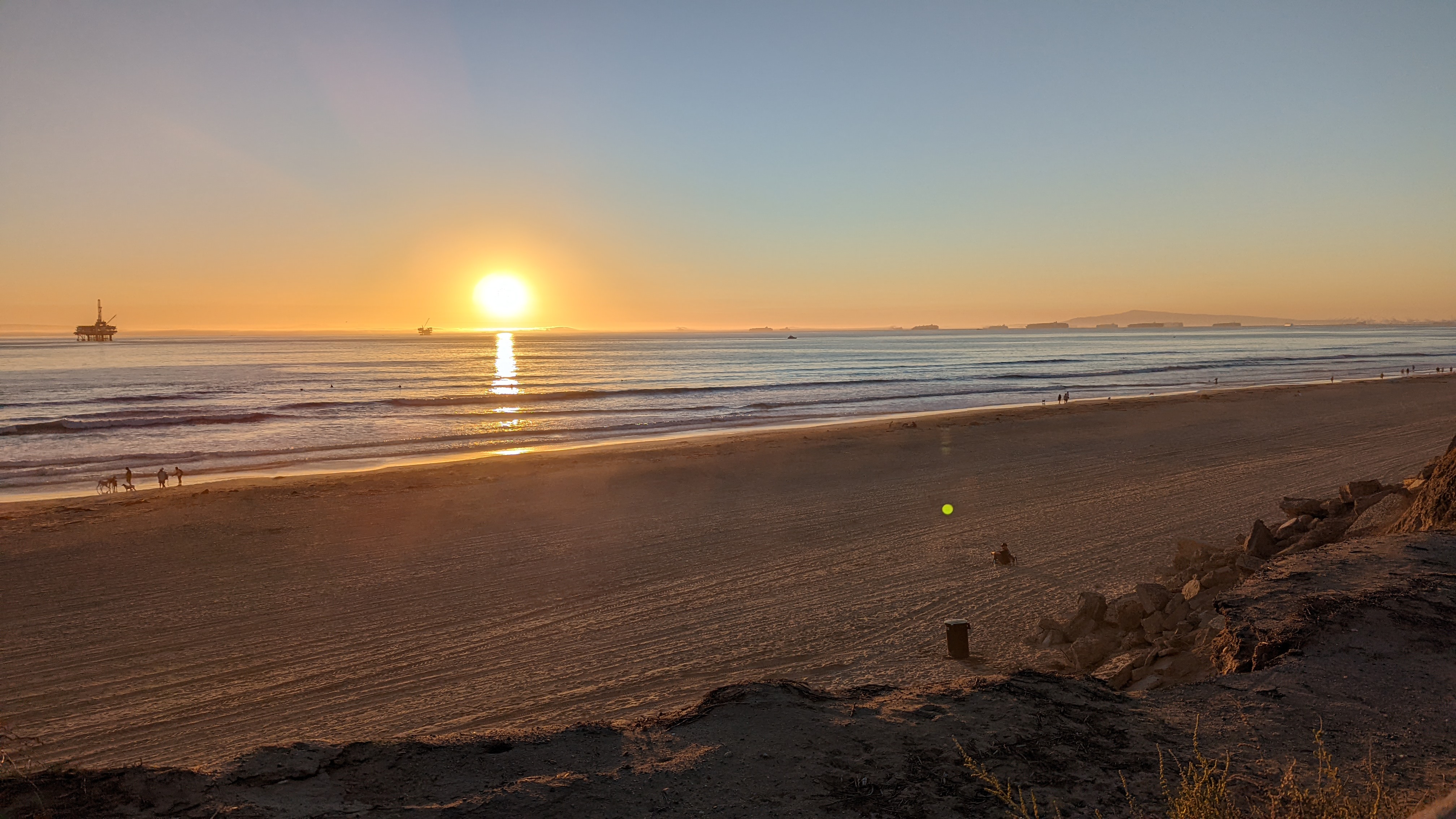
Google Pixel 6 Pro

iPhone 12 Pro

Samsung Galaxy S20 Plus

Google Pixel 5a
Dusk
All the photos here are taken with their phones' respective Night Modes turned on. We turned them off where applicable to test, but the images were far better with it on – there's no reason to wrestle with the settings.
Check the foreground and the sky gradient: Google's phones clearly win here.

Google Pixel 6

Google Pixel 6 Pro

iPhone 12 Pro

Samsung Galaxy S20 Plus

Google Pixel 5a
Night Mode
And in the grand finale of true darkness Night Mode, we see the Google phones leap ahead with their hardware and software advantage. The iPhone 12 Pro makes a respectable showing, while the Samsung Galaxy S20 Plus fails to make much of very dark environments.

Google Pixel 6

Google Pixel 6 Pro
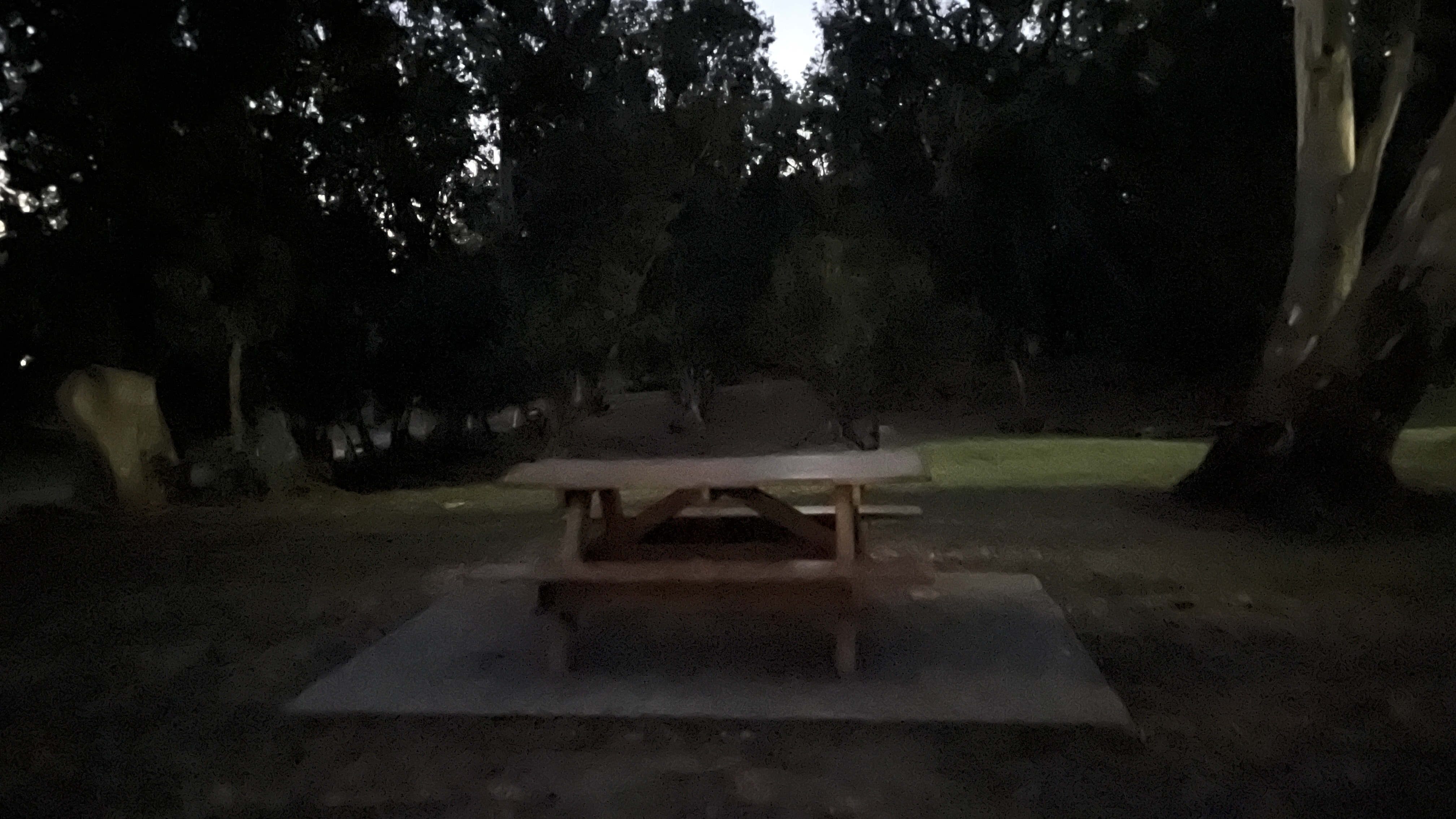
iPhone 12 Pro

Samsung Galaxy S20 Plus
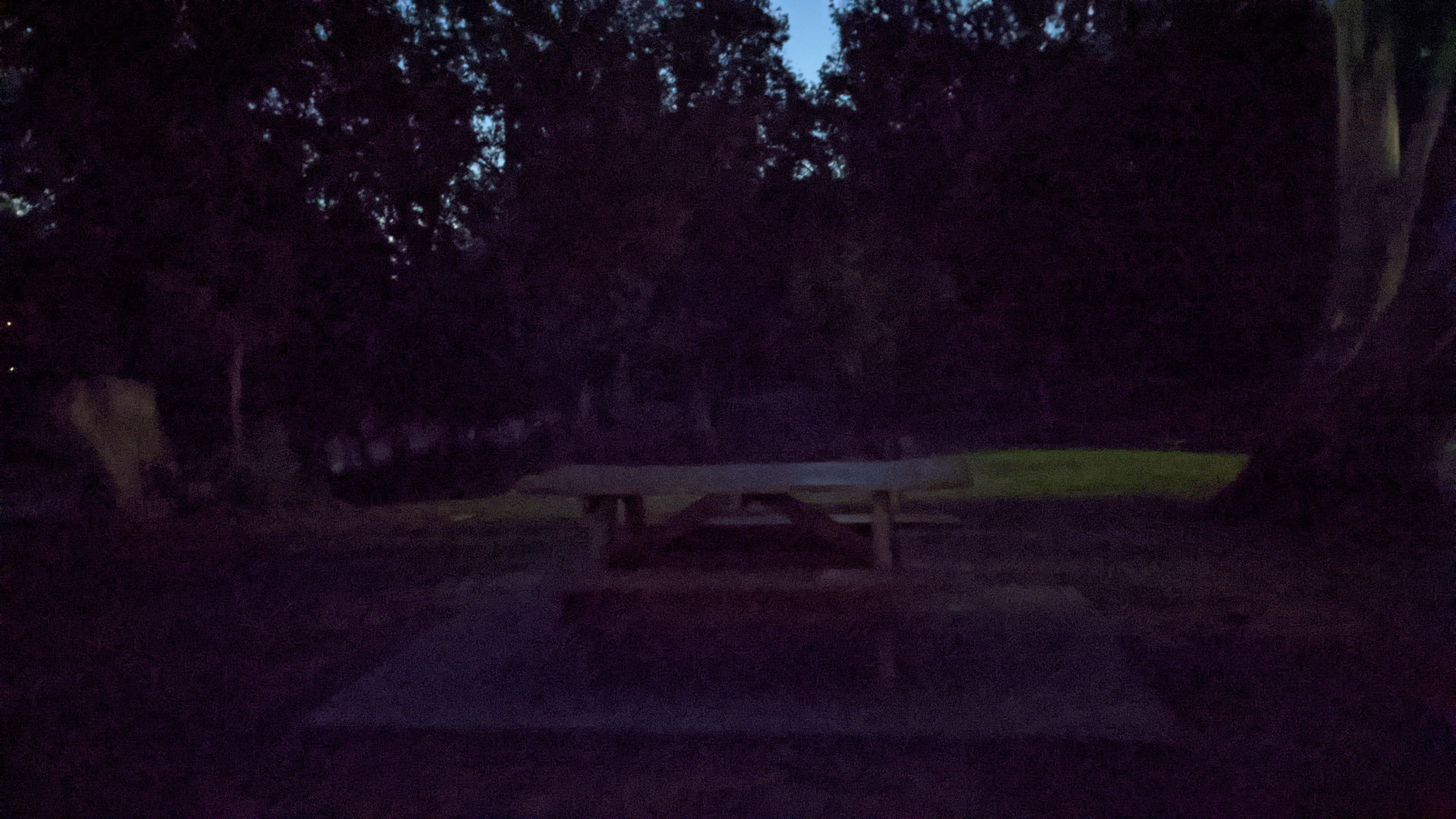
Google Pixel 5a
Now for the more selective Night Mode test – and really, one just to explore the limits of phones these days: Night Mode Zoom. Here, we've compared phones that have optical zoom capabilities, and seen whether it's worth it to zoom in while using Night Mode. The answer is: probably not, given how tough it is for Night Mode algorithms to reckon with distance.
Worse still, it's tough to aim your phone's camera in darkness – since Night Modes typically process photos after capturing them, it may be hard to see what you're aiming at. While the Tensor chipset and Google photo software still improve on Night Mode with the Pixel 6 Pro's 4x optical zoom camera, we're still not sure it's particularly useful.
First up: the Pixel 6 Pro, then the Samsung Galaxy S20 Plus. That's it! The iPhone 12 Pro's 2x optical zoom didn't help, and other phones don't get much benefit from digital zoom when it's combined with Night Modes. Still, if you wanted to zoom in on anything while using Night Mode, perhaps you'll see these and understand phone photography limits as they exist now.

Google Pixel 6 Pro (2x zoom)

Samsung Galaxy S20 Plus
- Best phone 2021: the top 15 smartphones you can buy in the US right now

David is now a mobile reporter at Cnet. Formerly Mobile Editor, US for TechRadar, he covered phones, tablets, and wearables. He still thinks the iPhone 4 is the best-looking smartphone ever made. He's most interested in technology, gaming and culture – and where they overlap and change our lives. His current beat explores how our on-the-go existence is affected by new gadgets, carrier coverage expansions, and corporate strategy shifts.